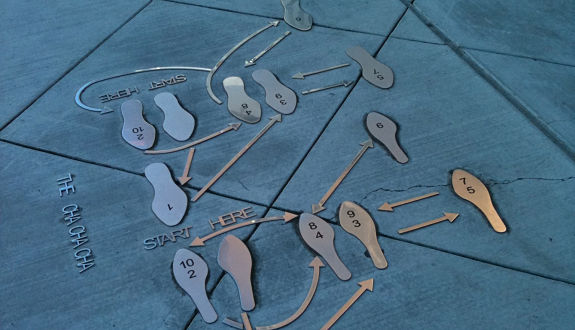5 Quick Tips to Speed Up Logic Games Efficiency
- by
- Oct 17, 2017
- Reviewed by: Matt Riley

In order to truly master the Logic Games section, you need to commit a few hours to practice sections and review. Games are a skill that can be learned and perfected, and anyone can improve their score with devoted and smart practice. These tips are not in any way meant to replace that practice, but instead, to provide a few pointers to people who are looking for good habits and ways to save a few seconds on problems.
5 Tips for LSAT Logic Games
1. Spend a few minutes on the game itself.
In RC, we recommend you spend at most 3 minutes reading each passage. In LG, we recommend you spend at least 3 minutes diagramming and analyzing each game. The time you spend on the setup and the rules is often rewarded in the questions: a good setup will cause some questions to take around 20 seconds to solve (“freebies”). A solid understanding of the game is the most important thing to bring to the questions.
2. Don’t hesitate to skip or move forward.
For a lot of test-takers, the LG section is a significant challenge in time. The games and questions are of varying difficulty. If a question or setup puzzles you – if your pencil stops moving – skip the question and come back. If you don’t know how to approach a game, save it until the end of the section.
3. Consider skipping the “rule substitution” question.
Every Logic Games section on the modern LSAT features one rule substitution question. Rule substitution questions ask, “Which of the following rules would have the same effect as rule X?” These problems are absolutely solvable, but they’re also invariably time-consuming. If you have spare time at the end of your section, skip this piece of advice. But if you’re routinely running out of time before the section ends, this should be one question you skip.
4. Prioritize “if” questions.
Most games begin with what we call an “acceptable list” question, a “which of these is one acceptable arrangement of the variables” type of question. If a game has this question, always do it first (it’s usually the easiest question in each game as well). After this “acceptable list” question, do questions that use the word “if” before you approach the other questions. There are a few reasons to do this. First, “if” questions provide you with additional (local) information than the initial setup, allowing you to more easily set up the specific scenario in the question. Second, when you sketch new diagrams for “if” questions, you will have easy reference points for other questions later! For example, if when drawing a sketch for an if question, you see that M goes second, and later see a “Which of the following could be true” with an answer “M goes second,” you’re done!
5. On “must be true” questions, scan the answers for each deduction.
Some questions are easier than others, and you don’t need to read all the answers to do a question. For example, if a rule says “T or S must go in sixth” and a question says “If S goes fourth, which of the following must be true?” you know T must go sixth. Take two seconds to see if an answer says this. If you’ve been preparing for the test for a while, you absolutely know the experience of doing more work on a Logic Games question than it required you to do. This is an easy way to save yourself a little bit of time – “T goes sixth” won’t always appear in the answers, but it takes two seconds to check and when it is there, you’ve saved yourself a fair amount of time. Again, these tips are not meant to replace the practice necessary for success on this exam. Instead, these are meant to help you shave down a little time while you’re working through the questions. If you prefer to self-study, you can start with our free account to access a free practice test or attend our free LSAT webinars. These sessions provide free extra help on a specific LSAT topic or section.
Search the Blog

Free LSAT Practice Account
Sign up for a free Blueprint LSAT account and get access to a free trial of the Self-Paced Course and a free practice LSAT with a detailed score report, mind-blowing analytics, and explanatory videos.
Learn More
Popular Posts
-
logic games Game Over: LSAC Says Farewell to Logic Games
-
General LSAT Advice How to Get a 180 on the LSAT
-
Entertainment Revisiting Elle's LSAT Journey from Legally Blonde








